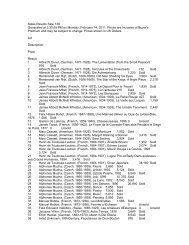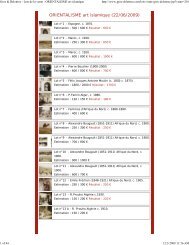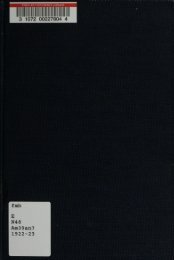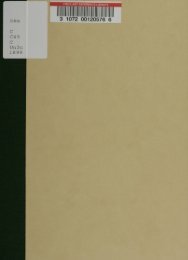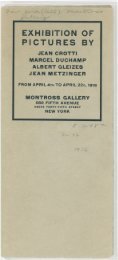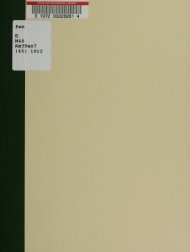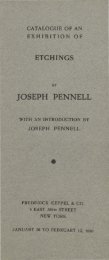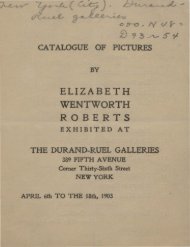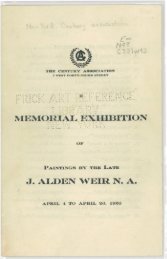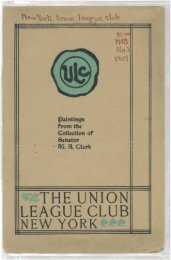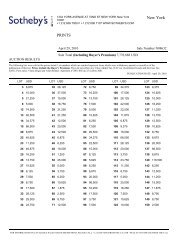Shepherds of the black-headed people - New York Art Resources ...
Shepherds of the black-headed people - New York Art Resources ...
Shepherds of the black-headed people - New York Art Resources ...
- No tags were found...
You also want an ePaper? Increase the reach of your titles
YUMPU automatically turns print PDFs into web optimized ePapers that Google loves.
What informations on <strong>the</strong> organization and administration <strong>of</strong><strong>the</strong> city do <strong>the</strong>y <strong>of</strong>fer?In order to stress <strong>the</strong> pecularity <strong>of</strong> <strong>the</strong> SIS 8-4 seals, let us have aquick look at <strong>the</strong> earlier and <strong>the</strong> later glyptic motifs and styles. Letme begin with pointing out some <strong>of</strong> <strong>the</strong> chief iconographic <strong>the</strong>mes<strong>of</strong> <strong>the</strong> glyptic art confined to <strong>the</strong> Late Uruk period. The main <strong>the</strong>mes<strong>of</strong> <strong>the</strong> usually large seals in a (mostly) well modelled style are1) <strong>the</strong> Mann im Netzrock, possibly <strong>the</strong> king,2) victims <strong>of</strong> military actions, domineered by this verypersonage,3) facades <strong>of</strong> monumental buildings,4) files <strong>of</strong> persons walking,5) files <strong>of</strong> animals walking.In addition to <strong>the</strong>se narrative compositions, where <strong>the</strong> figuresbehave in a relatively natural way, <strong>the</strong>re exist completely differentcompositions involving heraldically, symmetrically disposed animalsor composite creatures on <strong>the</strong>ir hindlegs.Ano<strong>the</strong>r group <strong>of</strong> clearly contemporary seals, which were formerlyunderstood as posterior crude seals <strong>of</strong> <strong>the</strong> Jemdet Nasr period,differ in style (mechanically executed with drill and cutting wheel),size <strong>of</strong> <strong>the</strong> cylinder (small, squat seals) and <strong>the</strong> <strong>the</strong>mes depicted,before all <strong>the</strong> "pigtailed women". They are named here <strong>the</strong> LateUruk "simple seals".As against this, later seals <strong>of</strong> ED II-III date depict mainly (except forbanquet scenes and few o<strong>the</strong>r motifs) animals in an upright positionon <strong>the</strong>ir hind legs, artificially arranged and forming continuousbands ("Figurenband"), while stylistically <strong>the</strong>re is (at least in somesites) a certain development from elongated and narrow figures tothose with a marked complexity <strong>of</strong> forms which tend to besomewhat swollen and have more bodily character (Körperlichkeit).It can thus be observed that a complete break opens between LateUruk and ED II seal iconography in terms <strong>of</strong> <strong>the</strong> depiction <strong>of</strong>humans and animals. In between <strong>the</strong>se two units, at least someexamples <strong>of</strong> seals datable to ED I-II are known from such sites asNippur, Fara or Kiš. Specific features displayed by this ED I-II"interim phase" are20



